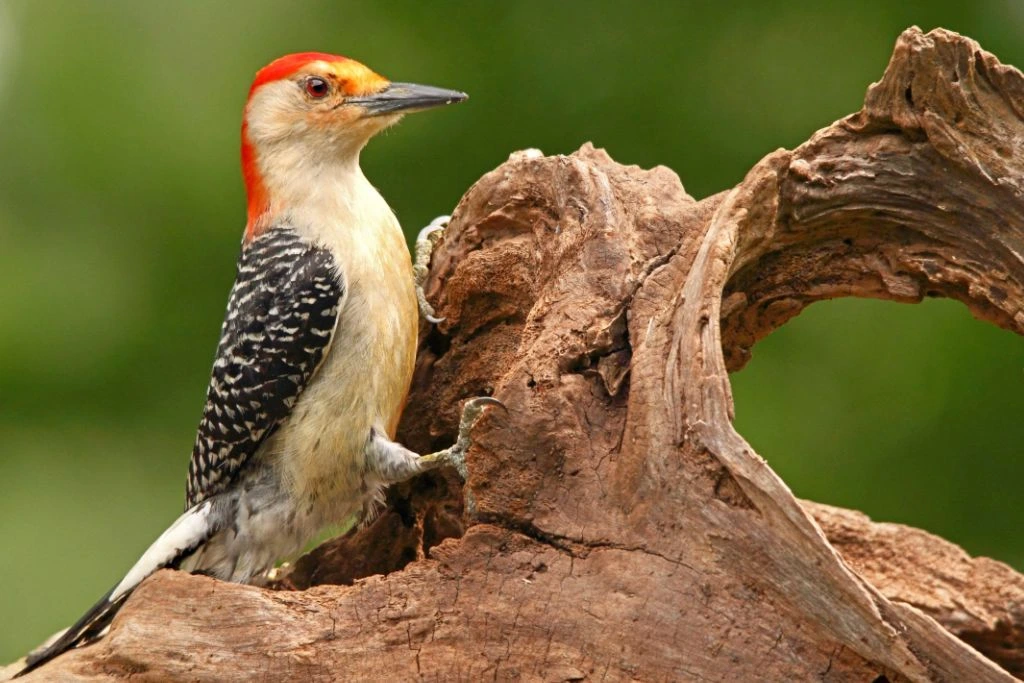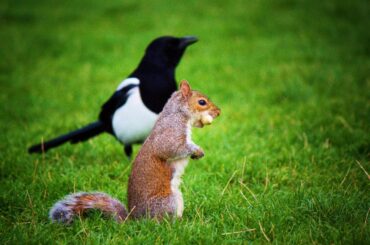Do you often wake up to the constant tapping of a woodpecker on your property? Have you noticed small holes in the exterior of your house and wondered how to keep these birds away? Or perhaps you appreciate nature but want to ensure it doesn’t harm your residence?
You’re in the right place if you’ve found yourself nodding to any of these questions.
Even though woodpecker damage is usually not done on purpose, it can be a big problem for homes. Over time, the taps that don’t seem like a big deal can lead to costly fixes. The trick is to know how to get rid of woodpeckers without hurting them.
This article looks at non-harmful ways to keep woodpeckers away, focusing on visual deterrents that will scare them away without hurting them.
Understanding Woodpecker Behavior
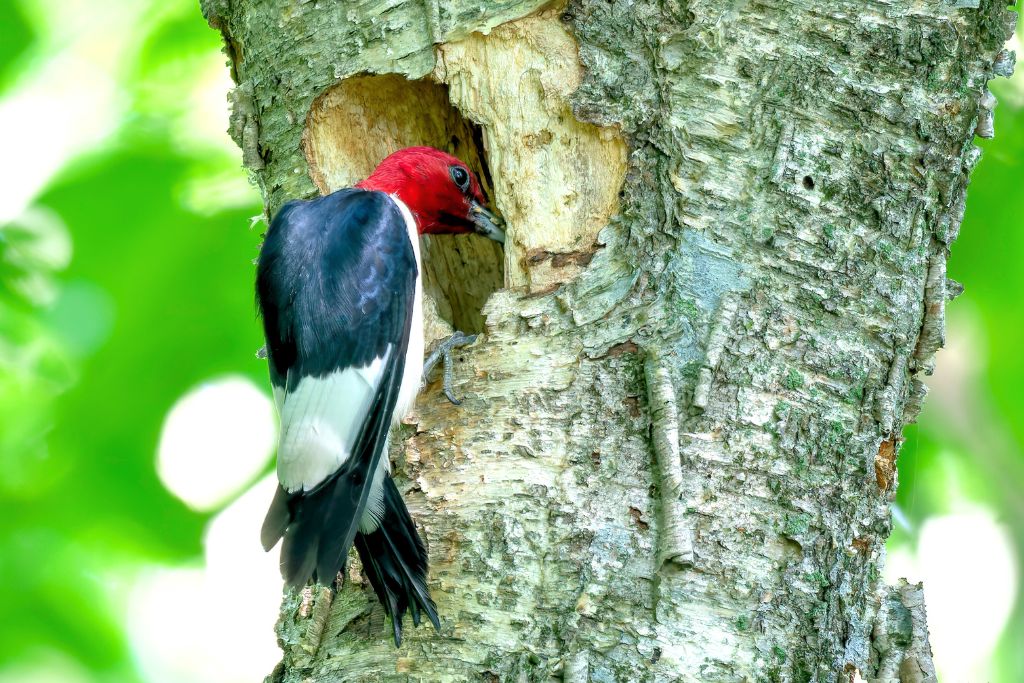
Woodpeckers, those captivating drummers of the avian world, bring nature’s rhythm to our neighborhoods. They can be a delight to observe with their distinctive sounds and vibrant plumage. However, as these charming birds adapt to urban life, their activities can sometimes lead to challenges for homeowners.
Woodpeckers are renowned for their rhythmic drumming and pecking, which serve various purposes. One of their primary reasons for this behavior is communication. Tapping on surfaces creates distinct sounds that can convey messages to other woodpeckers.
These sounds might signal territory ownership, attract potential mates, or alert fellow birds to the presence of food or danger.
Another crucial aspect of woodpecker behavior is foraging. These birds have evolved specialized beaks and neck muscles to extract insects and larvae from tree bark efficiently.
Their rhythmic pecking is a hunting technique, allowing them to locate hidden prey by listening for vibrations and detecting hollow spaces in the wood where insects might be hiding.
Natural Deterrents to Scare Off Woodpeckers
Visual deterrents are a simple yet effective way to discourage woodpeckers from settling on your property. These tactics capitalize on the birds’ sensitivity to movement and reflections. Here are some methods to consider:
Visual Deterrents
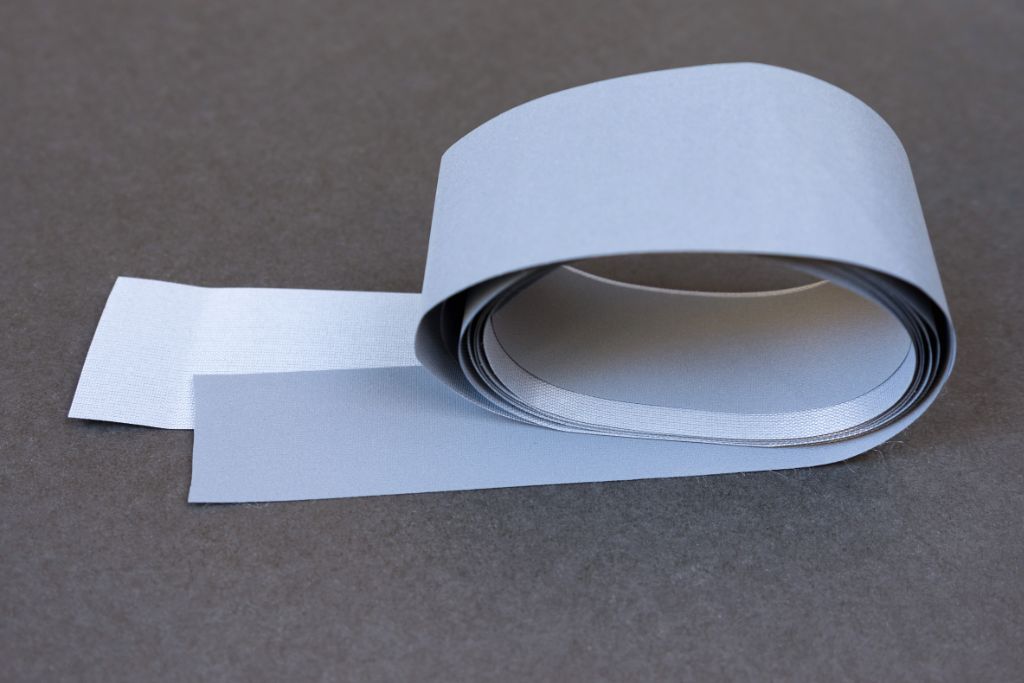
Visual deterrents are a simple yet effective way to discourage woodpeckers from settling on your property. These tactics capitalize on the birds’ sensitivity to movement and reflections.
Here are some methods to consider:
- Reflective Tape: Hanging strips of reflective tape around areas where woodpeckers are active can create flashes of light and movement, making the birds uncomfortable and prompting them to seek quieter spaces.
- Shiny Objects: Placing shiny objects, like old CDs or aluminum foil, near problem areas can create similar reflective effects. These objects catch the sunlight, creating an ever-changing array of flashes that disrupt woodpeckers’ sense of security.
- Fake Predators: Installing fake owl or hawk decoys can instill a sense of danger for woodpeckers. These decoys mimic natural predators and make woodpeckers think twice before approaching your property.
Audio Deterrents
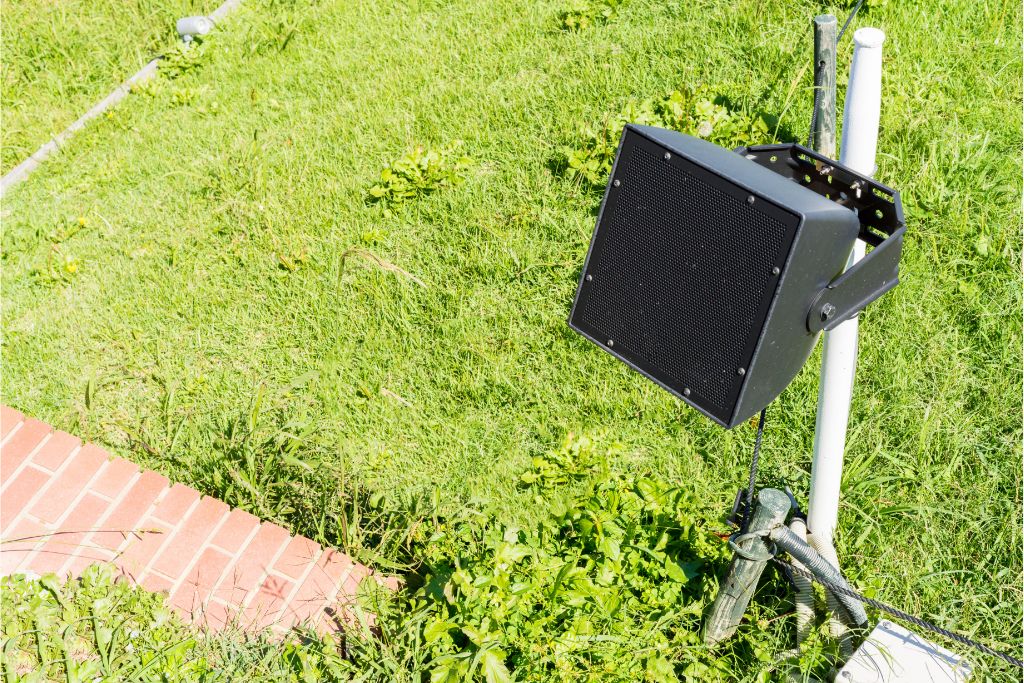
Woodpeckers are attuned to sounds that indicate danger or distress. You can make your property less inviting to these birds by employing audio deterrents.
Here’s how to make the most of sound-based methods:
- Distress Cries: Play recordings of distress calls from woodpeckers’ natural enemies, such as raptors. These cries signal potential danger, causing woodpeckers to think twice about lingering in the area.
- Predator Calls: Utilize predator calls, like those of hawks or owls, to create an atmosphere of perceived threat. Woodpeckers are more likely to move to locations where they feel safer.
Physical Barriers to Keep Woodpeckers Away
Even though woodpeckers are cute, they can sometimes cause a lot of damage to your property. Putting up physical walls is a great way to keep them away from you without hurting them.
Netting and Mesh

Netting and mesh serve as excellent barriers to prevent woodpeckers from causing damage to your property. These methods are simple yet highly effective in keeping the birds at bay:
- Siding Coverage: Install netting or mesh on vulnerable areas, such as siding, eaves, and vents. These spots are often attractive to woodpeckers for nesting or foraging. By blocking access, you provide a clear message that your home is not an ideal habitat.
- Thwarting Nesting Sites: Woodpeckers may seek out cavities on your property for nesting. Netting and mesh can be strategically placed over potential nesting spots to discourage woodpeckers from settling in.
Woodpecker-Specific Barriers
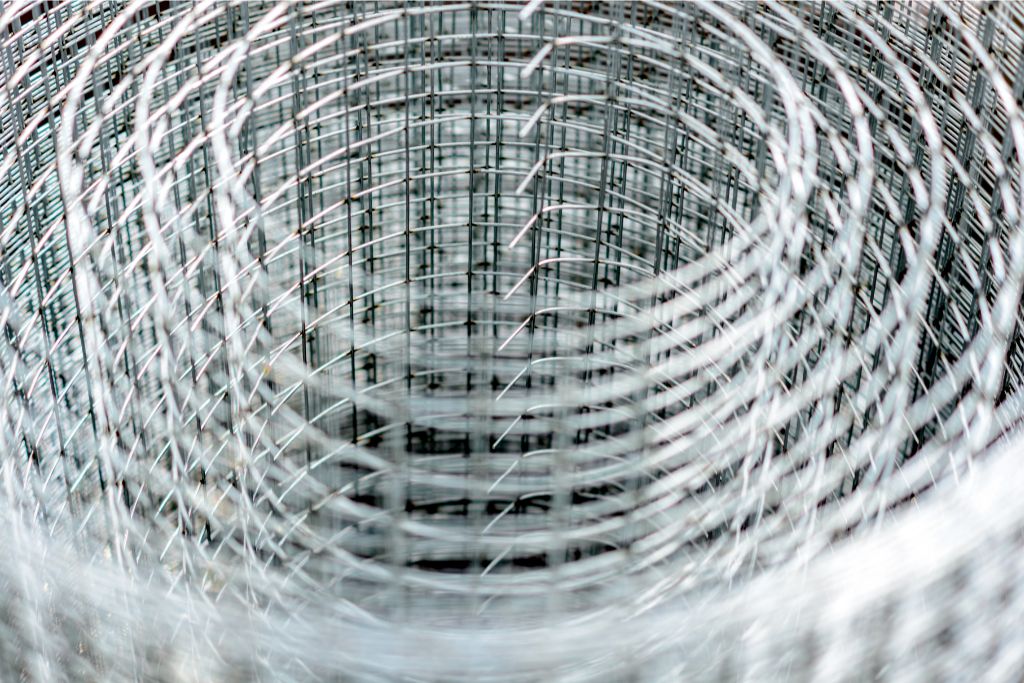
If you’re dealing with persistent woodpecker troubles, tailored solutions can be highly effective without causing harm to the birds.
Here are some methods to consider:
- Metal Flashing: Woodpeckers often drum on surfaces for communication or to search for insects. By attaching metal flashing to these surfaces, you create an undesirable drumming experience for the birds. The sound and vibration from the metal discourage them from returning.
- Hardware Cloth: If woodpeckers are showing interest in specific areas, like the chimney caps or vents, use hardware cloth. This wire mesh is an excellent barrier that prevents the birds from accessing these spots while allowing ventilation to continue.
Habitat Modification
Woodpeckers, though fascinating creatures, can sometimes cause unwanted problems around your home. Fortunately, there are simple and effective ways to modify your surroundings and gently guide these birds away from causing damage.
Food Source Reduction
Dead trees might provide nesting and foraging sites for woodpeckers. Safely removing these trees eliminates potential havens and encourages woodpeckers to seek alternative locations. This proactive step helps create a balanced ecosystem that benefits both your property and the birds.
Removing Dead Trees
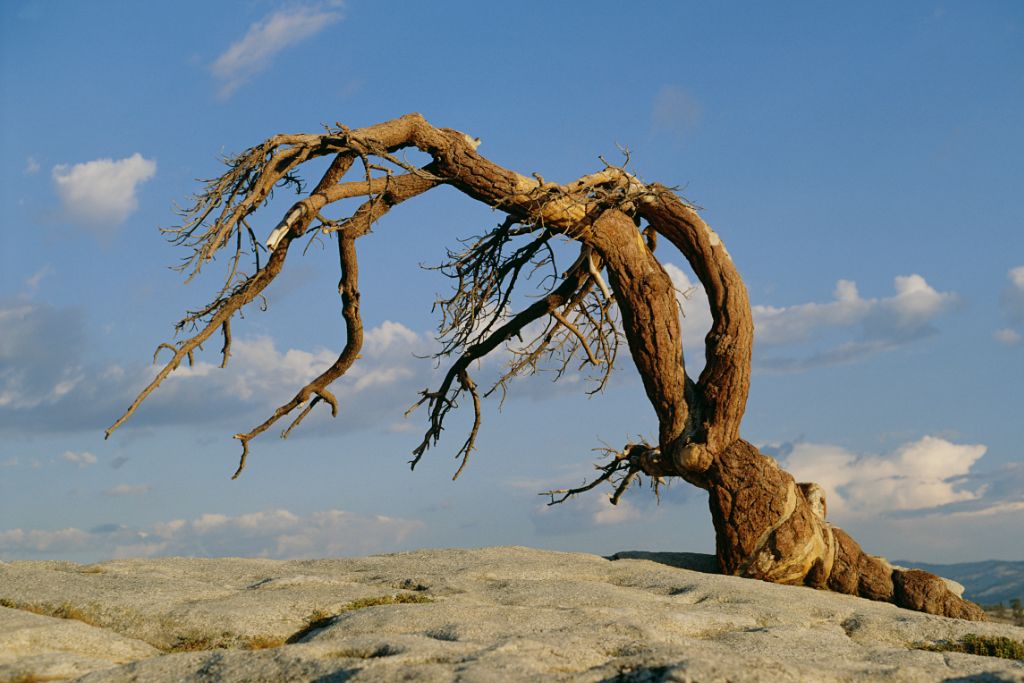
Say farewell to potential woodpecker havens. Removing dead trees eliminates nesting and foraging spots that might attract these birds. This proactive step fosters a balanced environment where everyone can thrive.
Repellents
When it comes to guiding woodpeckers away from your property, repellent options can be effective without causing harm:
Taste Aversion Repellents
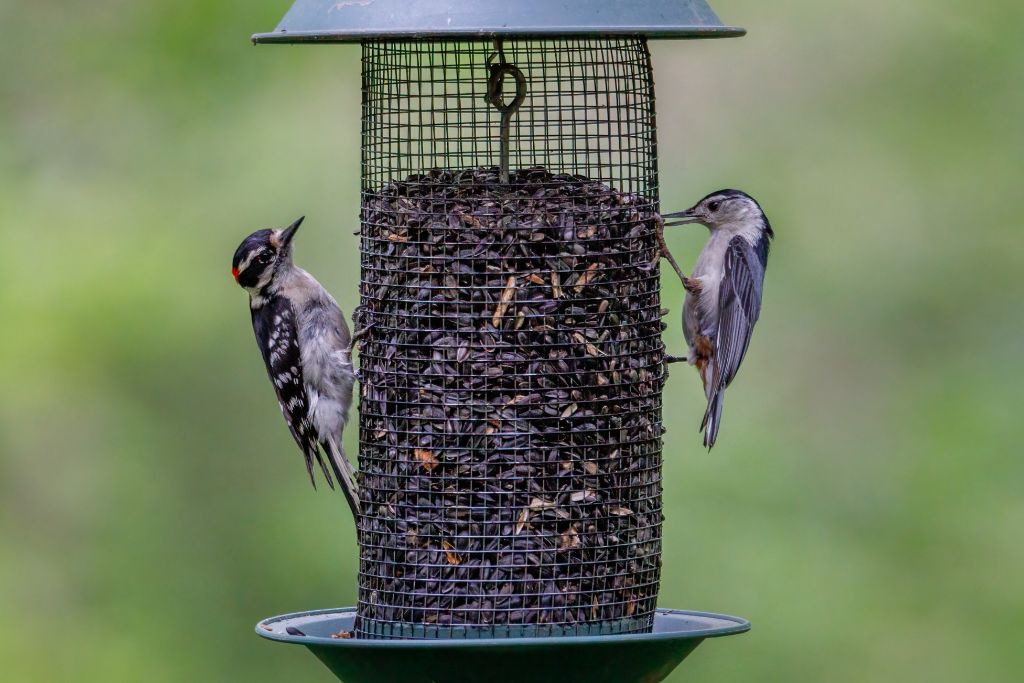
These repellents use harmless unpleasant tastes or odors to discourage woodpeckers from pecking. Applying these substances to areas where the birds frequent can encourage them to seek more appealing spots. It’s a considerate way to guide woodpeckers while maintaining their well-being.
Chemical Repellents
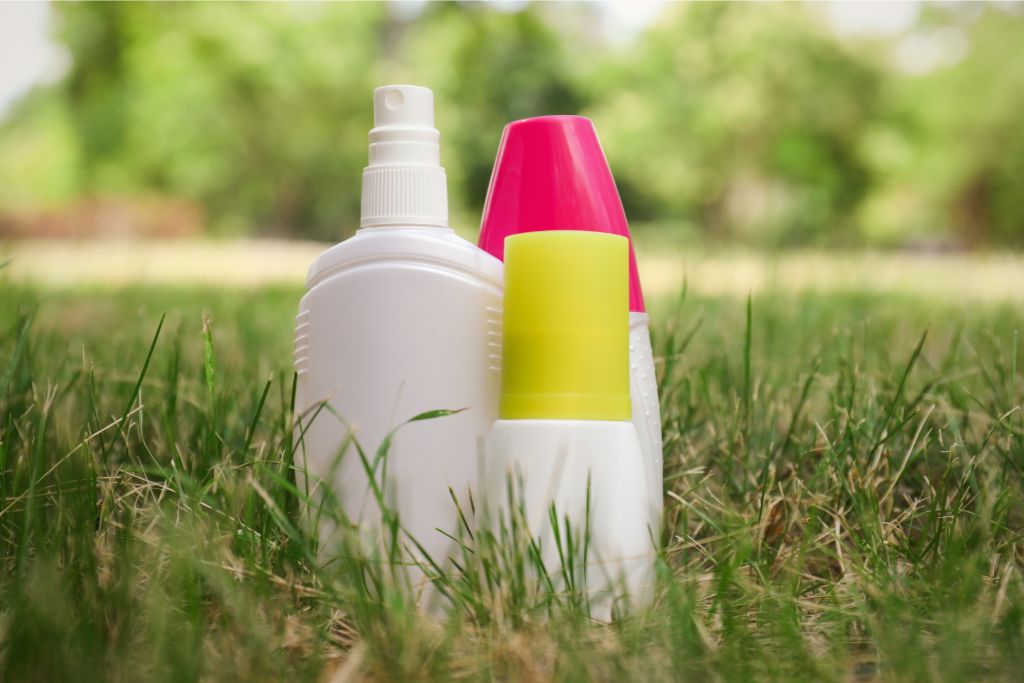
Mild chemical repellents, designed specifically for deterring woodpeckers, can be an option. These solutions are carefully formulated to discourage pecking without posing risks to the birds or the environment. By thoughtfully selecting and applying these repellents, you protect your property and promote a coexistence that respects nature.
Humane Scare Tactics
Learn about friendly ways to help woodpeckers find a comfortable place outside your property, ensuring everyone’s well-being and harmony.
Using Water Spraying
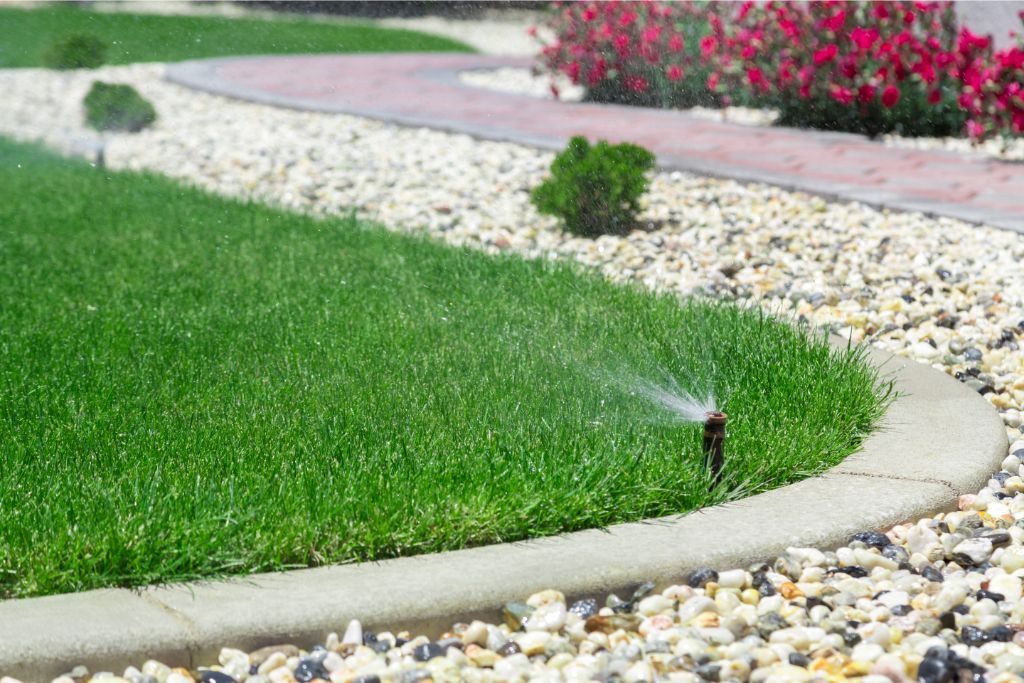
Utilize special sprinklers that turn on when they sense movement. These gentle tools can surprise woodpeckers without hurting them, guiding them to find more suitable areas to explore. This way, we can share our space with these beautiful birds while also taking care of our homes.
Bright Lights

Bring in some bright lights, strategically placed, to guide woodpeckers away from spots causing trouble. By doing this, we can gently change their habits and encourage them to rest in places that won’t bother anyone. This method helps us keep our space and their homes peaceful.
Professional Assistance
If the woodpecker situation seems a bit tricky, reaching out to wildlife experts can be really helpful. They can take a closer look at what’s going on and suggest personalized solutions. This step is important to make sure both our property and the woodpeckers stay safe and happy.
Even if the woodpecker visits continue, these experts can provide guidance for a friendly and peaceful resolution.
| Technique | Description | Tools Needed | Tips |
| Visual Deterrents | Discourage woodpeckers with movement and reflections. Includes reflective tape, shiny objects, and fake predator decoys. | Reflective tapeOld CDsAluminum foil | Hang reflective items near pecking sites. |
| Audio Deterrents | Use distress cries and predator calls to create a sense of danger. | Audio deviceDistress call recordings | Play recordings in woodpecker-prone areas. |
| Netting and Mesh | Prevent damage by installing barriers on siding, eaves, and vents. | NettingMesh hardware | Cover potential nesting spots effectively. |
| Metal Flashing | Make surfaces undesirable for drumming by attaching metal flashing. | Metal flashingScrews | Secure flashing where drumming occurs. |
| Hardware Cloth | Block woodpecker access with wire mesh while allowing ventilation. | Hardware clothFasteners | Secure cloth tightly over target areas. |
| Habitat Modification | Eliminate nesting and foraging sites by removing dead trees. | Tools for tree removal | Safely remove dead trees to deter them. |
| Taste Aversion Repellents | Discourage pecking with unpleasant tastes or odors. | Repellent substanceApplication tools | Apply repellent to areas woodpeckers target. |
| Chemical Repellents | Use mild repellents designed to deter pecking without harming birds or the environment. | Chemical repellentApplication tools | Apply carefully, following instructions. |
| Humane Scare Tactics | Gently guide woodpeckers with water spraying or bright lights. | Water sprinklers Bright lights | Set up tools strategically for effectiveness. |
| Professional Assistance | Seek personalized solutions from wildlife experts for complex situations. | Expert adviceAssessment of property | Get expert guidance for effective results. |
Final Thoughts
Choose ways that are kind to the environment and to living spaces. This will protect both our homes and the places where these birds live. By using these methods together, we can make changes that are good for everyone and our surroundings.
Let’s use these ways to scare woodpeckers off and keep them away, all while keeping a respectful balance between nature and our living areas.
FAQs
How to Repel Woodpeckers?
You can try using things that scare them away by looking strange or sounding different. Also, you can use physical objects to block them from coming near your property.
What Does It Mean When You See a Woodpecker?
Seeing a woodpecker could symbolize adaptability and determination. In some cultures, they’re believed to bring messages from the spirit world.
Are Woodpeckers Good to Have Around?
Yes, woodpeckers help control insect populations, benefiting trees and ecosystems. However, their pecking can damage buildings, so balance is important.
How to Get Rid of Woodpeckers?
Try hanging reflective objects and using scare devices, like plastic predators. You can also protect surfaces with netting and apply taste or smell repellents to deter them.

